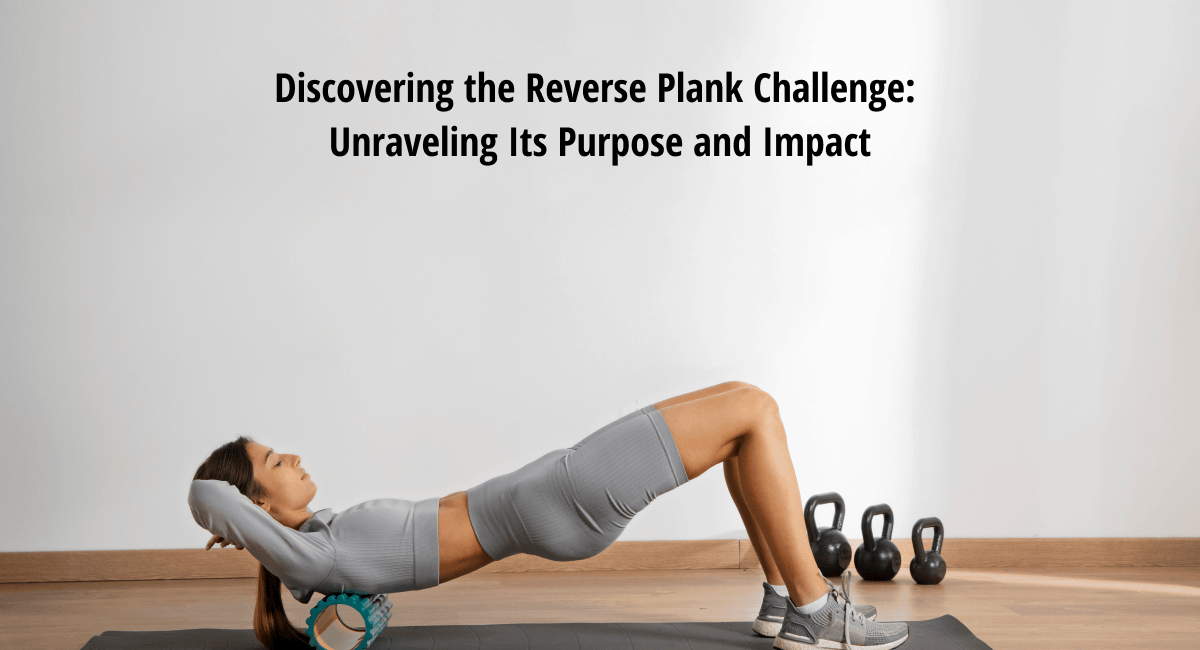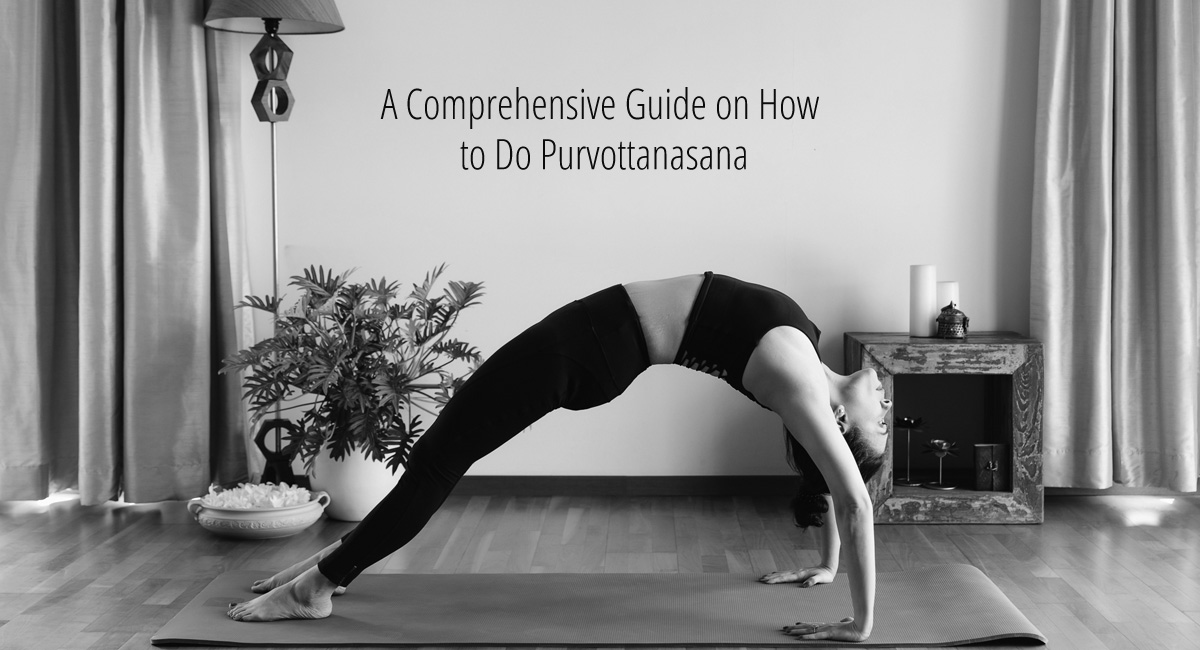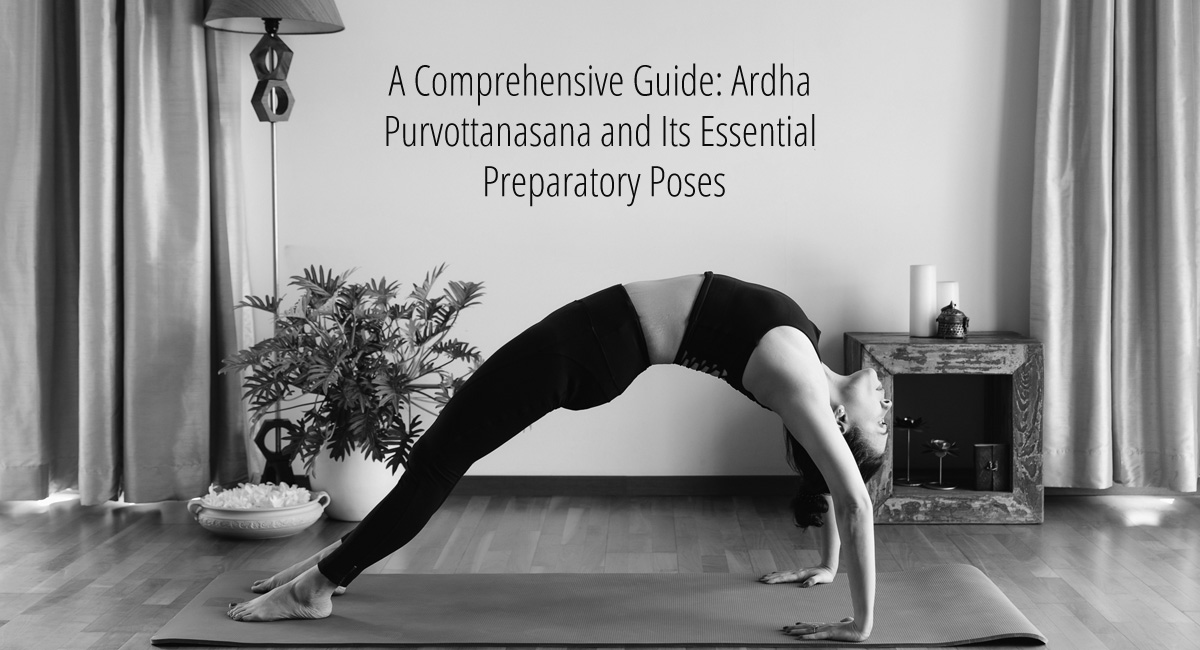
What is the importance of Purvottanasana?
Yoga is a philosophy that has been derived from the word “Jog” meaning union. This philosophy comes from a dualistic understanding of the world where the Yogi is required to abstain from indulging in worldly desires through a conscious choice to disconnect from the world. Within this philosophy lies a small but important section known as “Sukham, Sthiram, Asanam”, which is the modern understanding of yoga.
This article won’t be delving deeper into the philosophical construct but will be focusing on one particular asana known as the Purvottanasana or the Reverse Plank Pose. This asana in itself has many benefits and requires a certain level of body strength and endurance to perform and hold.
Purvottanasana (An Overview)
The Yogic philosophy has a very organic understanding of the universe and many of its teachings and practices are based on scientific experiences and observations. The Purvottanasana explains itself through its name where “Purvo” means east, “Ut” means intense, and “Tan” means a stretch. The reason for the hard stretch east is because the sun rises in the east and the asana commemorates the rising sun in its practice.
The Purvottanasana is an intermediary asana that requires certain body flexibility and endurance level. It usually involves certain preparatory poses which include certain beginner asanas and some more intermediate ones so that the body is well stretched out before moving into the Purvottanasana.
Some of these preparatory poses have been stated below:
- Dhanurasana or the bow pose – This is an intermediary pose itself, which stretches the back and shoulder muscles intensely.
- Supta Virasana or the reclining hero pose is again an intense backward bend and another intermediary pose.
- Setu Badha Sarvangasana – This asana is one that can be part of the beginner’s lesson and an intermediary lesson. This is again a backbend that focuses on the back muscles and stretches out the vertebrae.
- Gomukhasana or the Cow face pose – This asana or pose is such that it resembles the face of a cow. This asana stretches the rib cage area and upper back as the body gets well-oxygenated through the deep breathing that continues through the pose.
Even though the Purvottanasana has many benefits, these benefits can only be reaped when the asana is practised properly and under the right guidance.
Mentioned below is a step by step description of how to practice the Purvottanasana:
- To begin, sit in Dandasana.
- Draw your arms back and put your hands behind your hips. Maintain the fingers pointed to the feet.
- Bend your knees and place your feet a foot away from your buttocks.
- Exhale and lift your hips into an inverted tabletop position by pressing your hands and feet to the floor.
- Straighten your legs forward, one at a time, while keeping your hips in place.
- Maintain a solid grip on the floor with your toes and feet, and raise your hips to shoulder level.
- Drop your head back, keeping your gaze fixed on the ceiling.
- Hold the posture for 30 seconds while breathing normally.
- Inhale and return the chin to the chest.
- Exhale, lowering the hips to the floor and letting go of the hands.
- Coming back to Dandasana, hold the pose and continue breathing deeply so as to ensure a relaxed feeling.
Related Blog: Purvottanasana (Reverse Plank or Upward Plank Pose): All You Need To Know
Importance of Purvottanasana
The importance of Purvottanasana can be measured by the number of health benefits it induces within the body through its practice. When it comes to the understanding of the Purvottanasana, it induces many health benefits that impact body flexibility, endurance, and body oxygenation which in turn induce relaxation throughout the body.
Mentioned below are some of the health benefits of the Purvottanasana:
- Muscles in the body are strengthened, notably those in the shoulders, legs, thigh, and ankle regions of the body.
- All gynecological problems benefit from this asana.
- The respiratory system is strengthened to treat asthma.
- It lowers stress and anxiety by replenishing brain cells.
- Improves the liver, spleen, and renal function.
- Helpful in getting rid of bloated stomachs and reducing abdominal obesity.
Even though the Purvottanasna has many health benefits, there are certain precautions that need to be kept in mind while practising this asana.
- Exercising the body too much may result in muscle tightness.
- People with the following disorders should avoid executing this asana: a weak heart, wrists or ankles, cervical spondylitis, high blood pressure, stomach ulcers, hernia, neck pain, knee pain, and back or shoulder injury.
- It is recommended to consult your gynecologist before performing this asana during menstruation because it is a difficult posture to hold.
Summary
In short, the Purvottanasana is a very beneficial asana for intermediate yoga practitioners. Under the right kind of guidance, this asana can be very relaxing whilst increasing body flexibility and endurance. Understanding the yoga asana is very important as the body needs to be prepared before taking the pose. For this purpose, there are some introductory poses that help the body achieve a certain level of flexibility before moving into the Purvottanasana. Apart from the benefits, it needs to be kept in mind that over-exertion should be avoided so that the body does not get strained.
Yoga’s entire strategy is to understand the body and then gradually push the body to reach higher goals as endurance and flexibility are improved and combined with the calming effect yogic activities have on the mind. Purvottanasana is a highly scientific and well-choreographed pose that allows intermediate yogis to stretch and strengthen their back, arms, hands, and feet. The stretching and opening of the chest cavity oxygenate the entire body, which finally soothes the mind and promotes a slew of health advantages. For additional details, please visit our official website.
Join Yoga Classes & Workshops in Pune, India with Mrunal Pawar.

I am a Pune based artist, Kathak dancer, Dance Movement Therapist, and an avid Yoga practitioner/ teacher. I am also the Director at the Sakal Media Group, a Trustee of Pune Blind School and Nirdhar Trust.
Being a part of Sakal Media Group, with its strong foundation of service and ethical journalism, I am deeply committed in making this world a better place by pushing boundaries, giving opportunities to others, following my convictions, helping others make better choices and to tell powerful stories that will help reshape the world we live in.





